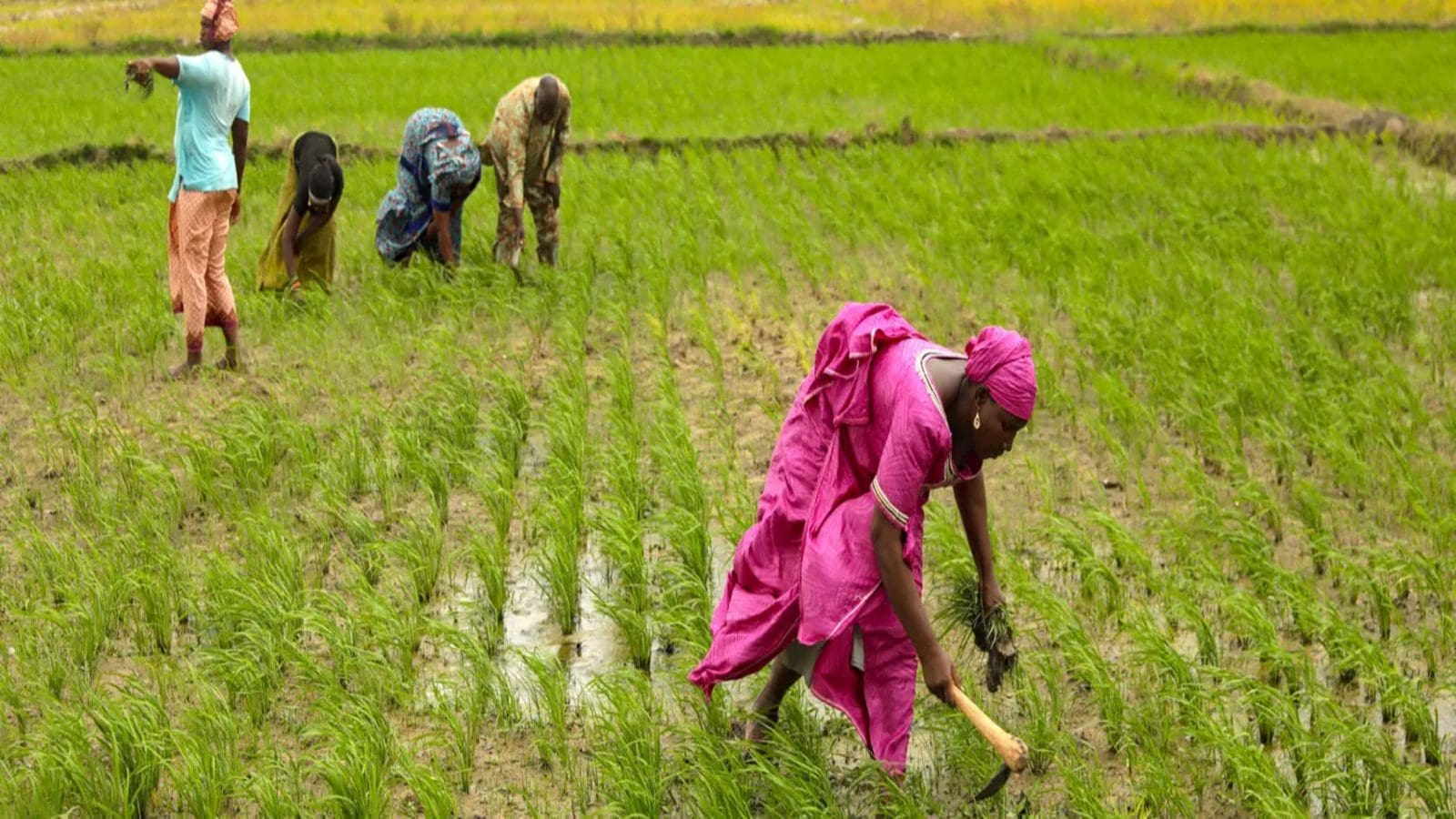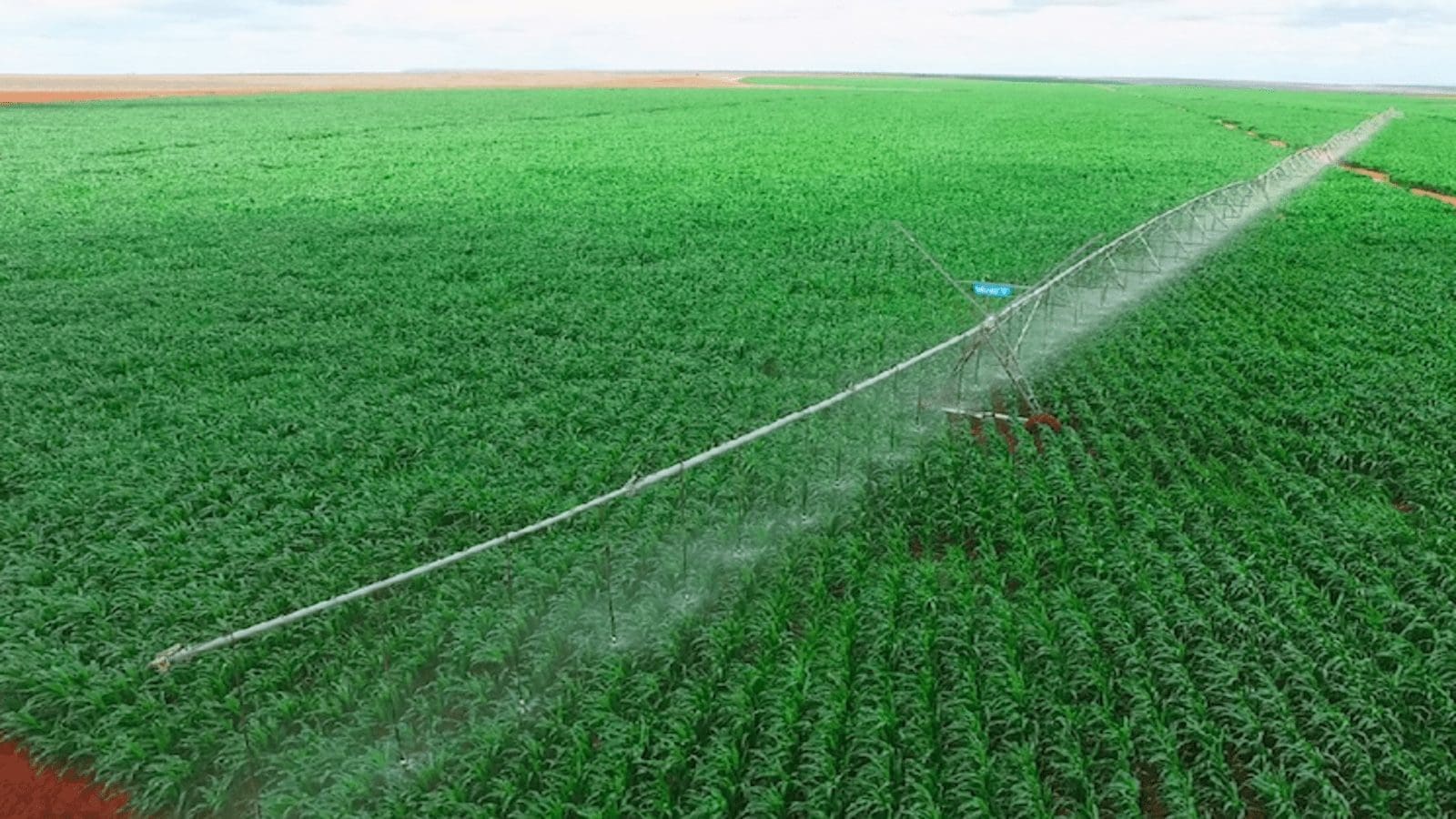TANZANIA – Foreign Agricultural Service of the US Department of Agriculture (USDA) forecasts better yields for Tanzania’s corn and rice underpinned by high international prices.
According to USDA, the production of corn in MY 2023/24 is anticipated to increase roughly 3% to 6.1 million metric tons (MT) as more farmers switch to corn production in response to high prices.
The area harvested is projected to increase from 4 million hectares to 4.2 million as farmers earmark corn for economic purposes.
As production increases, USDA estimates food, seed, and industrial (FSI) consumption to increase by 2% to 5.4 million MT in MY 2023/24. However, the consumption will remain below MY 2021/22 levels.
Post forecasts MY 2023/24 feed and residual consumption will decrease to 500,000 MT due to high prices and reduced demand in the feed sector and subsequent competition from human consumption for available corn supplies
As Tanzania’s below-average production is directed toward domestic consumption, imports are expected to remain at historical levels of around 30,000 MT mainly for feed production, while the county is expected to export 425,000 MT.
2022/23 record production contracts
In the report, USDA has revised MY 2022/23 FSI consumption down to 5.3 million MT due to high prices triggered by low domestic production.
USDA has further revised downwards Feed consumption to 550,000 MT due to high prices and reduced demand triggered by Tanzania’s import restrictions on day-old chicks
In addition, Post estimates production at 5.9 million MT for MY2022/23, down 15 percent from the previous year due to drought conditions throughout Tanzania’s corn-growing regions and a reduction in the area harvested during the season.
The downward estimate is attributed negative effect of the 2021 removal of government-mandated price ceilings for fertilizer, which caused prices to nearly double compared to the maximum allowed under the ceiling program
Rice production increases by 9%
Rice production in MY 2023/24 is anticipated to increase by roughly 9% year-on-year to 2.4 million MT as the area harvested returns to historical levels after declining in MY 2022/23
The increase follows the government’s initiative to support irrigation schemes in the Southern Highlands which has motivated more farmers to restore the area harvested to 1.1 million hectares.
However, Post anticipates yields will remain below MY 2021/22 levels due to high fertilizer prices.
MY 2023/24 consumption is forecast to increase by 6 percent to 2.5 million MT as higher domestic production boosts available supplies.
Wheat production to decline in 2023/2024
MY 2023/24 wheat production is forecast at 68,000 MT, a 9 percent decrease year-on-year as the area planted is anticipated to decrease from 60,000 hectares to 55,000 hectares.
According to USDA, local sources indicate planting in both regions has been disrupted by delayed rains and the untimely distribution of government-subsidized fertilizer prompting farmers to switch from wheat to alternative crops such as corn and beans
However, MY 2023/24 consumption of wheat is expected to rise by 4 percent to 1.175 million MT following an ongoing shift towards wheat consumption in urban and peri-urban areas.
Consequently, Post forecasts a 6.2 percent increase in MY 2023/24 wheat imports to 1.115 million MT due to rising demand and a decline in domestic production
For all the latest food industry news from Africa and the World, subscribe to our NEWSLETTER, follow us on Twitter and LinkedIn, like us on Facebook and subscribe to our YouTube channel










